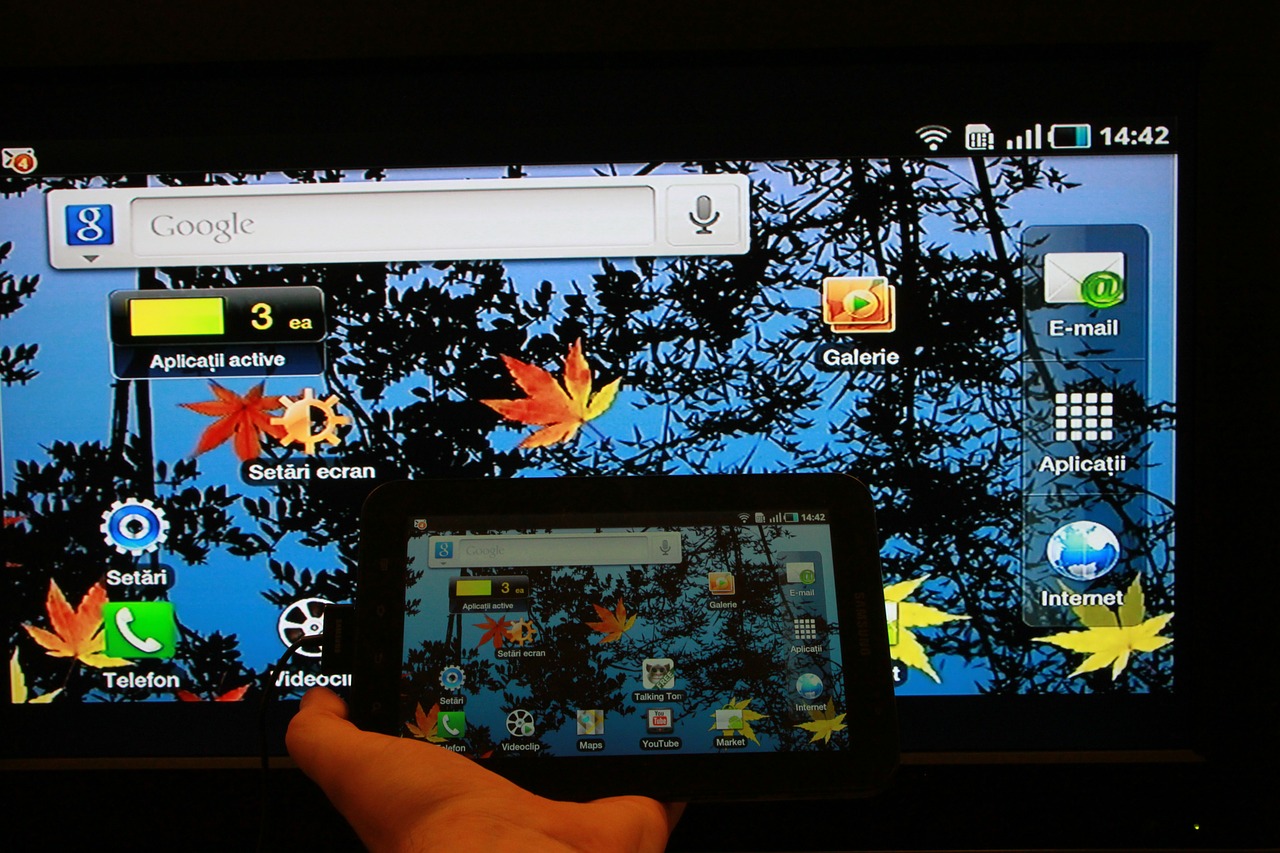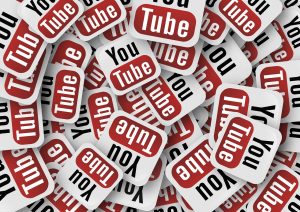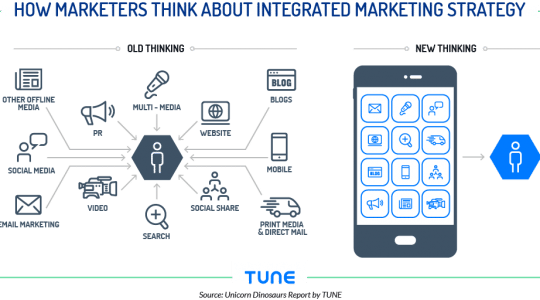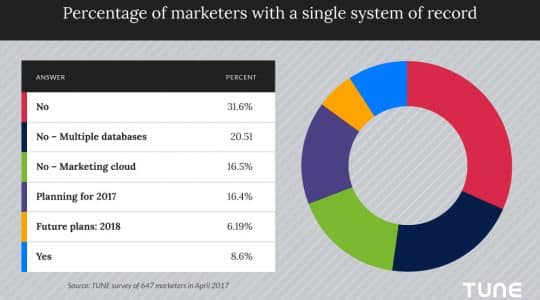
What do you do if you are a media and entertainment company today?
Plain old cable TV viewing is down, with most shows seeing flat or no growth, and many declining. Netflix is on the rise, and the streaming giant is spending $6 billion on content in 2017. It’s already at 100 million subscribers, and has committed to spending $20 billion on new content in the future … which some say is not sustainable.
TUNE, Fetch, and Celtra recently brought together key leaders from top media and entertainment companies to dig into these issues. Here’s what we learned …
It’s not just Netflix
 Streaming giant Hulu is spending $2.5 billion. Amazon is spending $4.5 billion. Apple is bringing a billion dollars to a multi-billion dollar fight. HBO usually spends about $2 billion, but is probably upping its investment. Meanwhile, pro sports, the last bastion of live TV (beside politics and catastrophes), is streaming into the cloud too. Amazon is streaming NFL. Twitter is streaming live sports, news, and fashion. Facebook just launched Facebook Watch and will stream NFL highlights, UEFA Champions League games, MLB games, Crossfit Games, and World Surf League events.
Streaming giant Hulu is spending $2.5 billion. Amazon is spending $4.5 billion. Apple is bringing a billion dollars to a multi-billion dollar fight. HBO usually spends about $2 billion, but is probably upping its investment. Meanwhile, pro sports, the last bastion of live TV (beside politics and catastrophes), is streaming into the cloud too. Amazon is streaming NFL. Twitter is streaming live sports, news, and fashion. Facebook just launched Facebook Watch and will stream NFL highlights, UEFA Champions League games, MLB games, Crossfit Games, and World Surf League events.
And we haven’t even talked about ESPN, Crackle, Overstock, Warner Instant Archive, Tribeca, Snapchat, Vice Media, Twitch, Awesomeness TV, and dozens of others OTT, social, network, mobile, and other kinds of companies attacking the video streaming market. Oh, and maybe the biggest of all in terms of time viewed: YouTube.
Back in 2015 I calculated that Americans alone spend an average of 8,061 person-years on YouTube every single day.
For old-school networks, it’s the ancient “may you live in interesting times” curse.
On the one hand, the industry is booming: there’s never been more video to consume; there have never been more options to choose. On the other hand, there’s been an immense explosion of innovation — and competition — in the visual content and streaming game.
Four key changes
There are four key linked changes happening simultaneously:
- Complexity
- Change
- Vertical integration
- Non-traditional investment
There are easily now 50 significant players in traditional cable TV, subscription video on demand, and ad-supported video on demand, adding up to hundreds if not thousands of “channels” between them. That adds tremendous complexity to the market.
But it’s not just number of players. It’s also devices.

Customers now watch on TVs, smart TVs, via set-top boxes, via smart Blu-rays. And that’s just in their living rooms. Increasingly, they watch on mobile devices: smartphones and laptops. Desktop and laptop computers. Apps and browsers, big screens and little.
That’s complexity and change.
And who produces and distributes video content isn’t the only thing that’s changed. Consumption has too, with people watching on their commutes, with people watching across multiple devices, with people watching two screens simultaneously. Or, even with people watching the same video while physically separate but digitally together.
Vertical integration is something we’ve always seen at some level, but increasingly today, with new players like Apple and Facebook joining Netflix and HBO in creating original content which they will then distribute themselves, on their already-large networks. And non-traditional investment just accelerates the change.
Who would have have thought, a decade ago, that Amazon would be a significant “TV” network? Or that Apple would be investing in original video content?
Growth is the imperative … but how?
People love consuming video. But they won’t pay for 20 different OTT services.
 For media and entertainment companies, that means making a complex decision between being a landlord or a tenant. Will you, like Disney has decided, build your own OTT empire, or will you give your content to others to provide on their platforms?
For media and entertainment companies, that means making a complex decision between being a landlord or a tenant. Will you, like Disney has decided, build your own OTT empire, or will you give your content to others to provide on their platforms?
(This is not easy or obvious: Netflix and Hulu are platforms, but they also are tenants … on Apple devices, on smart TVs, on smart Blu-Ray players, gaming systems, and more.)
For those who want to own their own ground, so to speak, there’s another, tougher challenge: how do you grow?
It’s clear from conversations I’ve had with top marketing executives in media and entertainment companies that there is no clean and clear customer acquisition path in OTT. In fact, there’s little measurement capability, poor attribution, and a massive, gaping hole in the conversion cycle.
 Think about the customer journey OTT players are forced to utilize:
Think about the customer journey OTT players are forced to utilize:
- See ad for OTT service
- Go to smart TV or set-top box or Xbox or smart Blu-Ray player (and, likely, have to turn on 2 or more devices, set video source appropriately, and so on)
- Find the app store equivalent on the platform of choice
- Install the app
- Sign up using a slow, inefficient on-screen keyboard and (if necessary) provide credit card information, a password, and so on. Alternatively, leave the TV, go to a computer or a phone, and sign up in a totally different place, then return to the TV and enter credentials to authenticate as a valid subscriber.
This is a lot of steps. It’s not simple. It’s not click-click-done. There’s no easy measurement for marketers about what worked and what didn’t in terms of the ad, or where people dropped out from the funnel. It’s challenging for marketers to know what was successful and what failed.
Kind of the opposite of mobile app user acquisition.
In contrast, mobile app user acquisition has a well-established infrastructure and ecosystem.
Attribution is available and easy, even deterministically. The process is quick and simple: click-click-done. And you have options about how to onboard new users/customers: quickly, slowly, free month, sign-up at the beginning, sign-up after a certain number of sessions, take payment information immediately or later, use on-platform payment authorization and pay the platform tax, or direct customers off-platform for sign-up and payment details.
And all of it is A/B or multivariate testable so savvy marketers can optimize for success.
One option: use mobile as your trojan horse
Smart OTT platform players can use mobile apps as their trojan horses.
They’ll get all the benefits mentioned above, and once in-app, they can develop a relationship with their new customers. That means in-app marketing automation, or in-app marketing, and it means sharing with your customers other ways they can enjoy your service.
Once they’re on board, it’s easy to ask what living room equipment they have and tailor instructions to those details.
And now, you’re a multi-technology-platform entertainment platform, which solidifies you as a keystone in your customer’s entertainment ecosystem. There’s new challenges here, of course, with unifying customers across devices, measuring viewership in multiple places, and so on.
But it’s a use case that’s testable, actionable, and shows great promise.
Acquisition is the key to distribution. Conversion optimization — and dynamic personalized creative — is critical. In-app engagement with new users then turns them into new customers. And real-time performance reporting drives corrective intelligence.
Let’s chat and dig deeper
If you’re an OTT player or looking to become one, let’s talk.
We’ve learned a lot recently from media and entertainment companies, and we’re experts in the ultra-competitive mobile space where people are spending most of their digital time, and an increasing portion of all of their time.
If you mention OTT and Bill Gerber in the message, we’ll know to connect you with our OTT experts.
Author
Before acting as a mobile economist for TUNE, John built the VB Insight research team at VentureBeat and managed teams creating software for partners like Intel and Disney. In addition, he led technical teams, built social sites and mobile apps, and consulted on mobile, social, and IoT. In 2014, he was named to Folio's top 100 of the media industry's "most innovative entrepreneurs and market shaker-uppers." John lives in British Columbia, Canada with his family, where he coaches baseball and hockey, though not at the same time.




Leave a Reply
You must be logged in to post a comment.